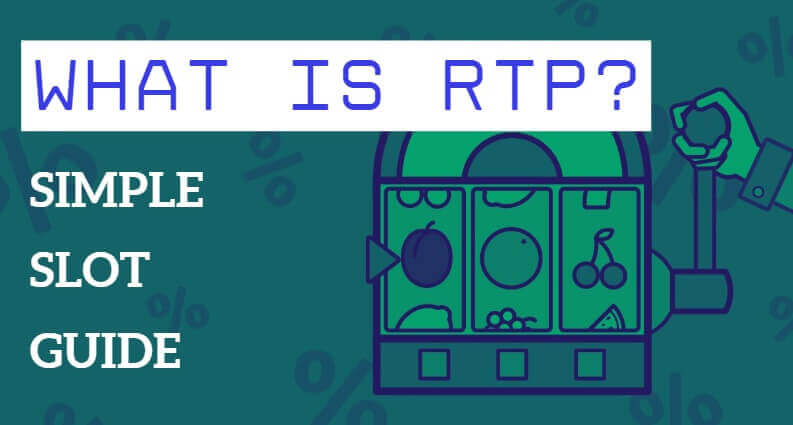What Is RTP? A Simple Look at Slot Machine Payout Rates and Long-Term Odds

Slot machines---with all their flashing lights, catchy sounds, and that oh-so-satisfying "ding ding ding!"---are absolute crowd-pleasers in any casino. Whether you're playing on the floor or spinning the reels online, like at phmapalad, part of the fun is that rush of excitement when everything lines up just right. Let's be real---most of us aren't playing slots because we did a bunch of math homework. We're in it for the thrills. Still, it never hurts to know a little more about what you're dealing with---and that's where RTP comes in.
Table of Contents
So, What Exactly Is RTP?
RTP, at its core, represents the theoretical percentage of money wagered by players that a slot machine is designed to return over a very long period.
RTP stands for Return to Player, and it's usually expressed as a percentage. In simple terms, it tells you how much money a slot is theoretically expected to pay back to players over time. For example, if a game has an RTP of 96%, that means for every $100 wagered, it's expected to return $96 to players on average.
Key words here are "average" and "over time." Don't expect that 96% to show up tonight. This is the casino's way of saying, "Yeah, you can win... but keep your expectations in check."
How Does RTP Work?
RTP stands for Return to Player, and it is a percentage that indicates how much of the total wagered amount a slot machine will theoretically pay back to players over time.
Think of RTP like this: the machine is pre-programmed to simulate billions of spins, and across those endless spins, it'll return around 96% of the money wagered. The other 4%? That's the house edge---the casino's cut.
So that friend who hit a jackpot on their first spin? Pure dumb luck. The universe just gave them a high-five that day.
Can You Beat RTP?
Hate to break it to you---almost definitely not. This isn't a glitch or a cheat code you can exploit. RTP is cold, hard math, and it doesn't care if you're wearing your lucky socks.
But don't lose hope! You can't change RTP, but you can choose games with higher RTPs. Some flashy games run as low as 85%, while others are generous enough to offer over 97%.
So here's a golden rule:
The higher the RTP, the less you lose over time
Sure, you might still lose in the short run, but in the long run, higher RTP games are simply more player-friendly.
RTP ≠ Your Actual Winning Odds
A lot of people confuse RTP with their personal win rate---but that's not how it works. You could lose everything on a high-RTP slot, or hit it big on a low-RTP one. It all comes down to short-term variance.
RTP is calculated by taking the total amount paid out in winnings and dividing it by the total amount wagered over a statistically significant period. This period is usually measured in millions of spins, ensuring a large enough sample size to minimize the impact of random fluctuations.
If you're only spinning 20 times, that's like throwing darts blindfolded and hoping to hit bullseye. But spin 20,000 times, and things start averaging out... more or less.
RTP Tips That Actually Help
- Check the game info. Most online slots will show their RTP in the help or info section.
- Don't fall for low-RTP eye candy. Some of the flashiest slots hide some of the worst payout percentages.
- Use RTP to set your expectations. High RTP doesn't mean you'll win---it just means you'll likely lose slower.
- Always combine RTP with bankroll management. Even the highest RTP can't save you if you're playing recklessly.
One Last Thing
RTP is like a slot machine's heartbeat---not flashy, but super important. The higher it is, the better your chances in the long run. Just remember: no matter what, short-term results are always random.
RTP is a critical concept for understanding the mechanics of slot machines. It represents the theoretical average payout over a vast number of spins, not a guarantee of immediate or short-term wins.
Happy spinning!

